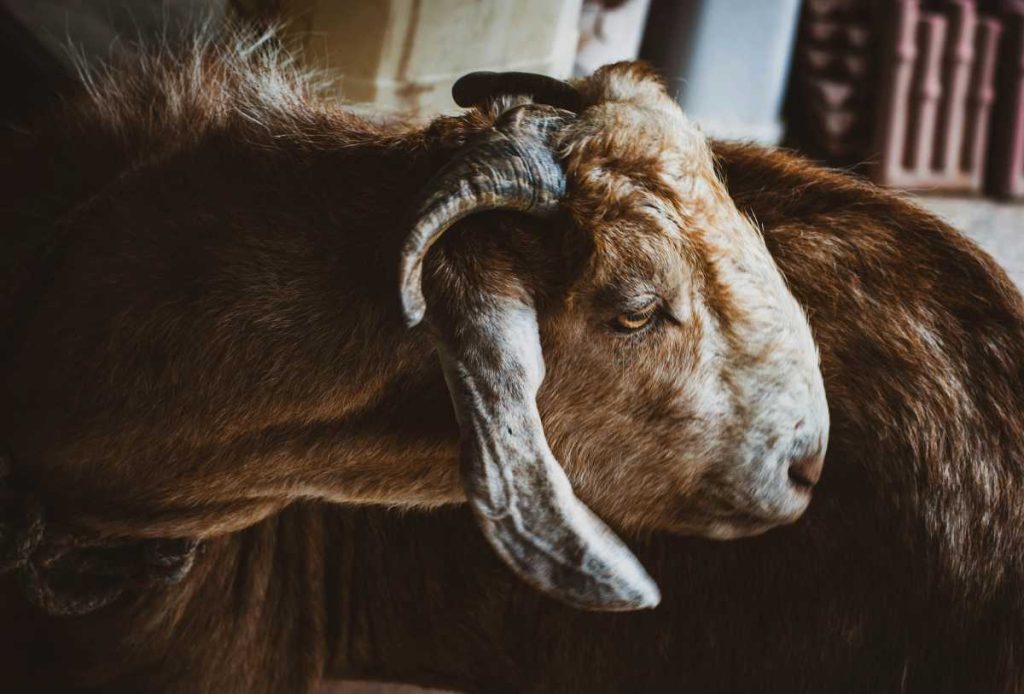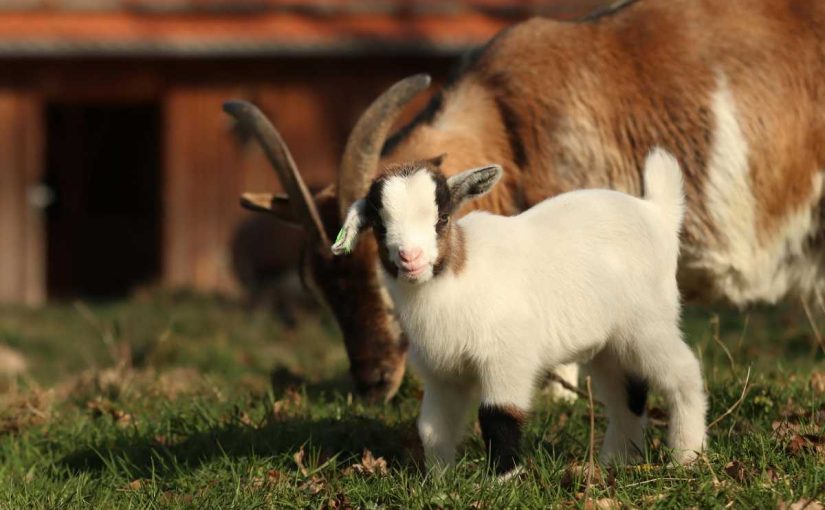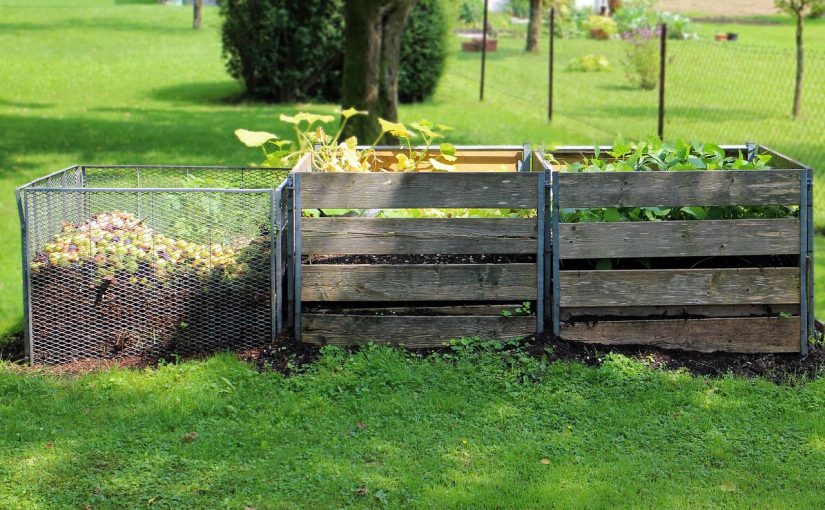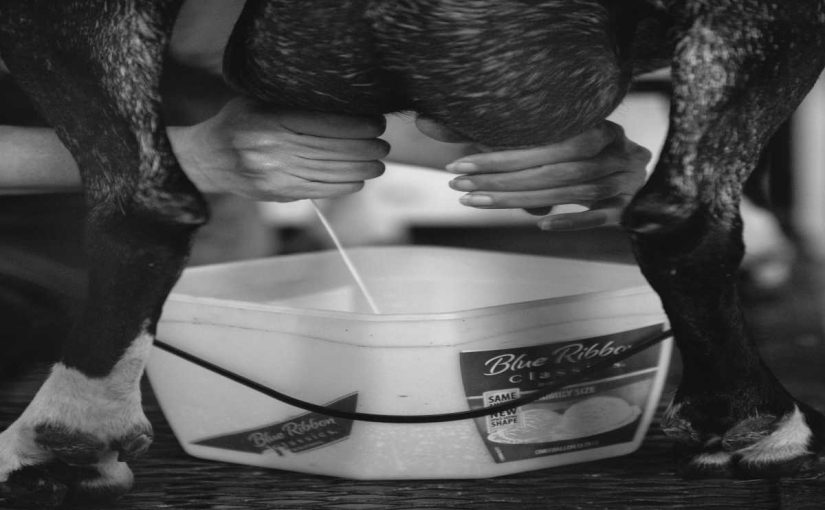Goats are generally hardy animals, but like all livestock, they can occasionally fall ill. Early detection of illness is critical in preventing the spread of disease and ensuring that minor health issues don’t turn into serious problems. Knowing what to look for can make all the difference in maintaining a healthy, happy herd. In this guide, we’ll cover five key indicators of illness in goats to help you catch health concerns early and take action.
1. Changes in Appetite and Drinking Habits
One of the first signs that something might be wrong with your goat is a change in their eating or drinking patterns. Healthy goats have a good appetite, so if your goat is eating significantly less or not drinking enough water, it could be a red flag.
What to Look For:
- Refusal to eat or decreased appetite
- Excessive thirst or a lack of interest in water
- Unusual eating behaviors, such as dropping food or eating very slowly
Possible Causes: Changes in appetite can indicate digestive issues, infections, or other illnesses. Lack of water intake can quickly lead to dehydration, which can be dangerous for goats.
Action Steps: Monitor the goat’s food and water intake, and if the changes persist, consult a veterinarian.
2. Isolation from the Herd
Goats are social animals and tend to stay close to their herd. If you notice a goat isolating itself or being unusually quiet and withdrawn, it could be a sign of illness or discomfort.
What to Look For:
- Staying away from the rest of the herd
- Lethargic or unwilling to move much
- Appearing disinterested in usual activities, such as grazing or playing
Possible Causes: Isolation can indicate pain, fever, or a general feeling of weakness, which may stem from infections, injuries, or other health conditions.
Action Steps: Observe the goat’s behavior closely for any additional symptoms, and consider a veterinary examination if the behavior continues.
3. Unusual Coat Condition
A healthy goat’s coat should look smooth, clean, and shiny. If your goat’s coat appears dull, rough, or has bald patches, it might be an indicator of nutritional deficiencies, parasites, or underlying health issues.
What to Look For:
- Dull, rough, or brittle coat
- Excessive scratching or rubbing, which can cause bald patches
- Hair loss, often around the head, neck, or back
Possible Causes: A poor coat can be due to internal parasites, external parasites (such as mites or lice), or nutritional deficiencies. Goats with mineral imbalances may also show changes in coat quality.
Action Steps: Provide a balanced diet with necessary minerals, and conduct a parasite check. If the coat doesn’t improve, consult a veterinarian.

4. Changes in Body Condition and Posture
A sudden change in body condition, such as weight loss or bloating, is often a sign of health issues. Additionally, how a goat carries itself can tell you a lot about how it feels—goats in pain or discomfort may adopt unusual postures to relieve pressure on sore areas.
What to Look For:
- Rapid weight loss or emaciation
- Bloated or swollen abdomen
- Limping, favoring one leg, or hunched posture
- Reluctance to lie down or difficulty getting up
Possible Causes: Weight loss or bloating can result from digestive problems, worms, or other internal issues, while abnormal posture may indicate pain or discomfort in specific areas.
Action Steps: Keep track of your goat’s weight and body condition. If bloating occurs, try gently massaging the stomach area and consult a vet if it doesn’t improve quickly. For posture issues, investigate for injuries or signs of pain.
5. Abnormal Eyes, Nose, and Mouth Discharge
Healthy goats have clear eyes, clean noses, and dry mouths. Abnormal discharges—whether from the eyes, nose, or mouth—can be signs of infections, respiratory illnesses, or other health concerns.
What to Look For:
- Runny eyes or cloudiness in the eyes
- Mucus or discharge from the nose
- Excessive drooling or frothing at the mouth
Possible Causes: Discharge from the eyes or nose often indicates respiratory issues, which could stem from bacterial or viral infections. Drooling or frothing can be due to oral health issues, poisoning, or other digestive concerns.
Action Steps: Observe the consistency and color of any discharge (e.g., thick, yellowish, or greenish discharge may indicate infection). If symptoms persist, consult a vet to identify and treat the underlying cause.
Conclusion
Maintaining the health of your goats involves regular observation and quick action when something seems off. By keeping an eye out for these five indicators of illness—changes in appetite, isolation, coat condition, body posture, and unusual discharge—you’ll be better equipped to detect potential health issues early. Early intervention can lead to quicker recovery and a happier, healthier herd, so remember to always prioritize your goats’ well-being!




